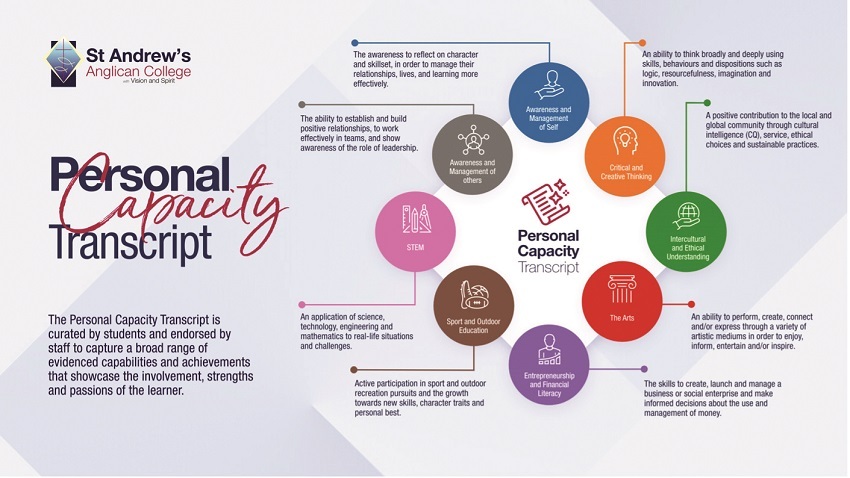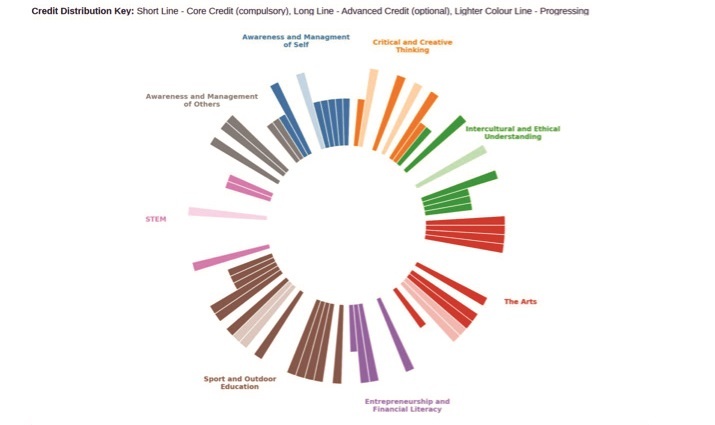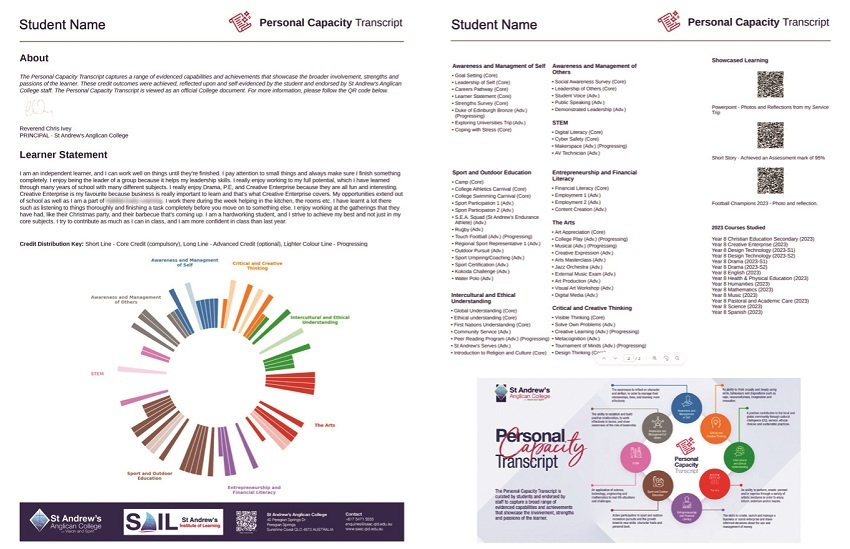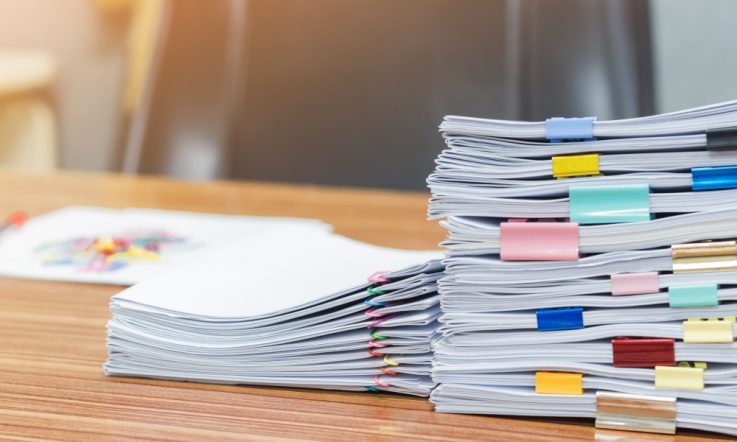Research shows parents want more frequent communication about their child’s learning (Hollingsworth et al., 2019), and that communicating both a student’s individual achievement and learning growth is important (Australian Government Department of Education and Training, 2018).
It’s also known that each school’s approach to student reporting will depend on their own context. One school addressing the need for continuous and individualised reporting in their own context is St Andrew’s Anglican College in Queensland. The K-12 school has recently developed and introduced Personal Capacity Transcripts (PCTs), which were delivered to secondary school students and families alongside their academic transcript for the first time this year.
The development and implementation of the PCTs was led by Tim Barrett, Head of SAIL (Saint Andrew’s Institute of Learning) – a research and innovation hub within the school that supports staff looking to be innovative in their work.
At St Andrew’s ‘personal capacity’ is defined as ‘the knowledge, skills and capabilities that promote effective management of self, relationships and learning’ and is the central pillar of their learning framework. The PCTs are designed to capture student learning and achievement, and recognise a child’s individual growth in a range of areas.
‘We can't just talk about being a school that wants to build personal capacity and not have some way of articulating and harnessing what that is,’ Barrett tells Teacher.
Features of the Personal Capacity Transcript
Research indicates that reporting should be continuous and aligned to the assessment cycle (Hollingsworth et al., 2019). At St Andrew’s, PCTs for students in year 7 to 10 last for a calendar year, rather than building up over time, so students have the opportunity to reflect on one year in order to inform future learning. For students in year 11 and 12, the transcript is live for the full 2 years.
The development process for the new approach began in 2022. The PCTs were established with input from the school community and show credits a student has earned from 8 categories: Awareness and Management of Self; Critical and Creative Thinking; Intercultural and Ethical Understanding; The Arts; Entrepreneurship and Financial Literacy; Sport and Outdoor Education; STEM; and Awareness and Management of Others.

The 8 categories of a PCT. Image supplied.
In their PCT, a student’s achievement in the 8 categories is displayed in a detailed wheel, where a short line shows achievement in a compulsory credit, a long line shows achievement in an advanced (optional) credit, and lines displayed in lighter shades indicate long-term learning where the student’s learning is therefore progressing in the area.

An example of a student’s achievement in core, advanced and progressing credits. Image supplied.
Prioritising student agency
A key element of PCTs is that students have a responsibility to apply for credits to fill the transcript.
‘They will provide evidence of their involvement, but also a reflection on their learning,’ Barrett explains. ‘So when you're looking at the wheel … there's robust evidence behind [the credit] because their mentor teacher or coach has to endorse or approve that they've met that. So, it's just a way of getting a quick snapshot … you'll see that kid’s really sporty, or that kid’s into STEM or Creative Arts. And that's the whole idea.’
What is considered to be an achievement in a PCT is very broad, Barrett shares. ‘Knowing that every student’s “what an achievement is” is going to be very different, we want to leave it open to that, to help them articulate that.
‘And knowing that the learning can come when things don't go well. That's why we make them reflect. So you could have an awful season of sport, but learn more than you did winning every game, because you had to grow as a team, had to show resilience. And helping them articulate that, I think, sets them up for later in life.’
The PCTs also allow students to select 3 areas to showcase achievements they’re most proud of.
‘That could be an assignment, it could be winning the grand final or a video that they produced of them performing. And that really is curated by them,’ Barrett explains. ‘That sits alongside with the QR code, so that … you can actually just pick up your phone and see it. Which is amazing. It just adds a real depth. It’s curated by the students [and it’s] about who they are.’

An example of the 3 ‘Showcased Learning’ QR codes featured in a PCT. Image supplied.
‘Because it's created by students and curated, it's giving that learner agency rather than just getting a report – “Oh well, that doesn't really sum me up”. This really should reflect who they are.’
A continuous reporting system
A continuous reporting system can reduce teacher workload and stress associated with peak times of report writing (Hollingsworth et al., 2019). Because the process of completing PCTs at St Andrew’s involves students providing evidence and teachers endorsing it, it means there are no report comments written by staff.
‘This is the terminology we're using. Students evidence, staff endorse. So they endorse the learning,’ Barrett shares.
‘There's no [additional] work for staff, but the user-end experience for parents is that continual feedback on how [their child is] going. They can see the transcript at any time as well.
‘And that real time feedback and conversation is so much more powerful than waiting, waiting, waiting, “Oh, my goodness. You're not doing very well in this subject.” So that's where we're at now.’
Looking ahead
Barrett says he hopes to be at a stage in the future where there isn’t a separate academic and personal capacity transcript, but one document.
So far, he says students are engaging well with the transcript and that, for some, the opportunity to reflect has been a lightbulb moment, as they can think about their involvement and achievements at school in a new way.
Staff also have positive feedback. ‘What we have now is we have transcript conversations where you sit down, say “Hey, show me your transcript, how's that going?” And it's just a focal point to actually get them to articulate,’ Barrett says.
References
Australian Government Department of Education and Training (2018). Through Growth to Achievement: Report of the Review to Achieve Educational Excellence in Australian Schools.
Commonwealth of Australia.
https://www.education.gov.au/quality-schools-package/resources/through-growth-achievement-report-review-achieve-educational-excellence-australian-schools
Hollingsworth, H., Heard, J., & Weldon, P. (2019). Communicating student learning progress: A review of student reporting in Australia. Australian Council for Educational Research. https://research.acer.edu.au/ar_misc/34
With a colleague, or a group of colleagues, reflect on your current school reporting system.
Are you providing frequent enough communication to parents and carers about their child’s learning? What is the feedback from parents and carers about your current system?
Do your school reports communicate a student’s individual achievement and learning growth?
What involvement do students have in the reporting process?



